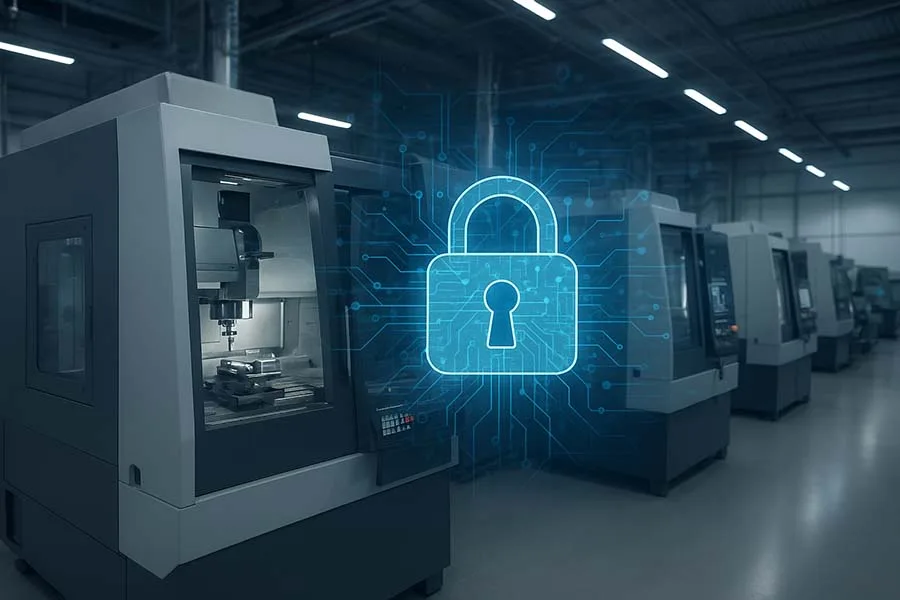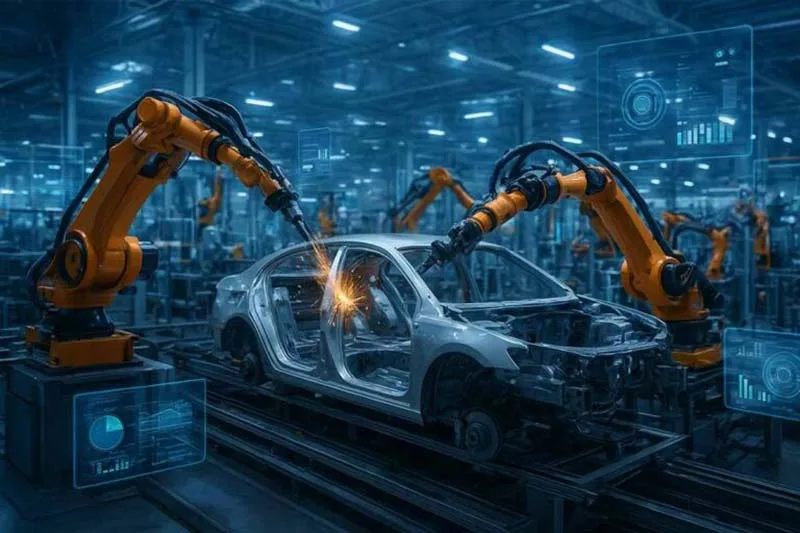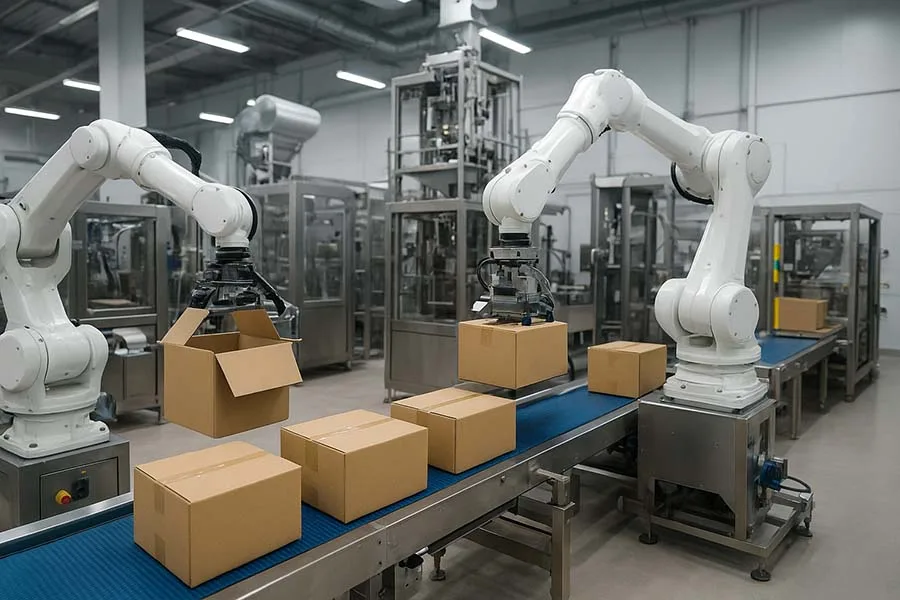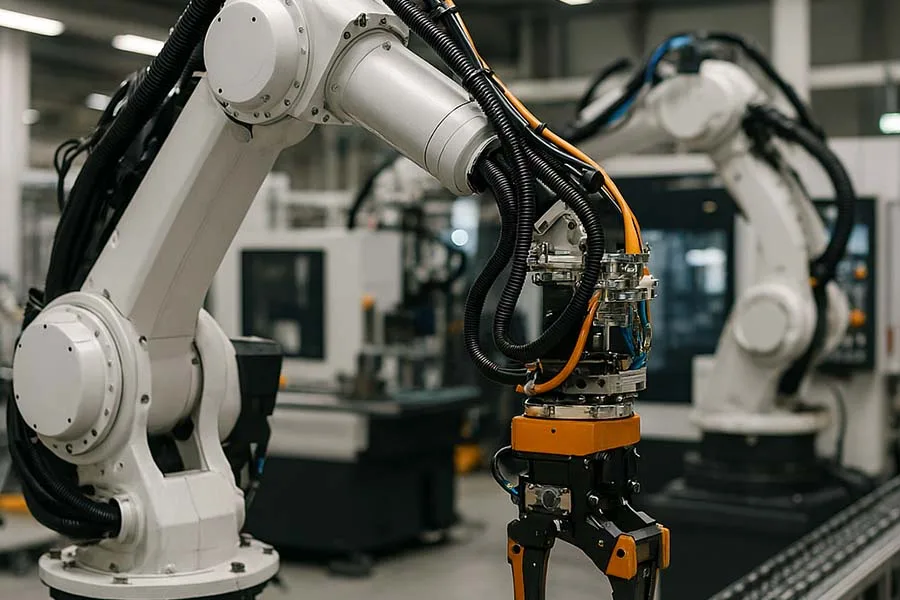In today’s increasingly connected industrial world, CNC (Computer Numerical Control) machines are no longer isolated systems. The rise of smart factories and Industry 4.0 integration has brought unprecedented efficiency—but also significant cybersecurity risks. Hackers targeting CNC environments can disrupt production, compromise intellectual property, and even damage machinery.
Understanding and mitigating these risks is no longer optional; it’s essential for any company relying on CNC technology. This article explores the vulnerabilities of CNC systems, common cyber threats, and actionable strategies to enhance cybersecurity in your industrial environment.
Why CNC Machines Are Vulnerable to Cyber Threats
CNC machines are specialized computers that control machinery like mills, lathes, and 3D printers. While powerful, these systems often share vulnerabilities similar to traditional IT networks. Key reasons CNC machines are at risk include:
- Legacy Systems: Many CNC machines run on outdated operating systems with limited security updates.
- Network Integration: Modern factories connect machines to corporate networks, increasing attack surfaces.
- Human Error: Employees may inadvertently introduce malware via USB drives, remote access, or unsafe practices.
- Proprietary Software: CNC programs often lack built-in security features, making them prime targets for attackers seeking intellectual property.
Common Cyber Threats in CNC Environments
Industrial cybersecurity threats are diverse, but several are particularly relevant for CNC machines:
- Ransomware Attacks: Hackers encrypt critical data, demanding payment for access. In CNC environments, this can halt production for days.
- Unauthorized Remote Access: Weak network controls or default passwords can allow attackers to manipulate machine operations.
- Malware via USB or Network: External devices or shared networks can introduce malicious software into CNC systems.
- IP Theft: CNC machines contain sensitive design files. Attackers may attempt to steal these blueprints or trade secrets.
Funny fact: In 2016, a CNC-specific malware named CNCBlaster demonstrated that even a simple malware could modify machining processes—turning precise metal parts into unusable scrap.
Lesser-known fact: Some attacks don’t even aim to steal data—they intentionally sabotage production, leaving manufacturers unaware until the defective parts are shipped.
Best Practices to Secure CNC Machines
Securing CNC environments requires a mix of IT and OT (Operational Technology) strategies:
- Network Segmentation: Keep CNC machines on separate networks from corporate IT systems to limit attack spread.
- Regular Software Updates: Apply firmware and OS patches promptly to eliminate known vulnerabilities.
- Strong Authentication: Use multi-factor authentication and unique passwords for machine interfaces.
- USB and External Device Controls: Limit or scan all devices connecting to CNC machines.
- Monitoring and Logging: Track machine activity for unusual behavior and potential intrusion attempts.
- Employee Training: Educate staff on phishing attacks, unsafe USB usage, and proper network hygiene.
Emerging Solutions and Technologies
Modern cybersecurity solutions for CNC environments include:
- Intrusion Detection Systems (IDS): Specialized IDS can monitor machine traffic for unusual patterns.
- Digital Twins for Security Testing: Simulate CNC environments to test vulnerabilities before deploying changes.
- AI-Powered Threat Detection: Machine learning algorithms can detect anomalies in real-time production data.
Conclusion
Cybersecurity in CNC environments is no longer a niche IT concern—it’s a critical operational requirement. By implementing proper security measures, educating staff, and leveraging emerging technologies, manufacturers can safeguard their machines, data, and production continuity.
The risk is real, but with proactive measures, CNC environments can remain efficient, secure, and productive.
Your Turn
How secure is your CNC environment? Share your strategies, experiences, or questions in the comments below. Protecting your machines starts with awareness—and your insights might help another manufacturer avoid costly downtime.





